Customer Journey Map: Putting Your Customer at the Center of Your Business Decisions
The only way to improve customer experience is to know your customer. This isn’t rocket science. But it takes intentionality to put your customers at the center of everything you do. Yamini Rangan, CEO of HubSpot, advocates for this customer-centered view. She explains that HubSpot’s customer experience philosophy has shifted from a sales funnel to a flywheel.

A flywheel model, Rangan says, helps her company make better decisions. Why? Because everything centers on the customer. This is different than doing what’s best for the bottom line. Do you want your customers to stay loyal to your brand? Of course! The first step to making it happen is to use customer journey mapping. This post will help you understand what customer journey mapping is, why your business needs it, and how to build your customer journey map.
What Is a Customer Journey Map?
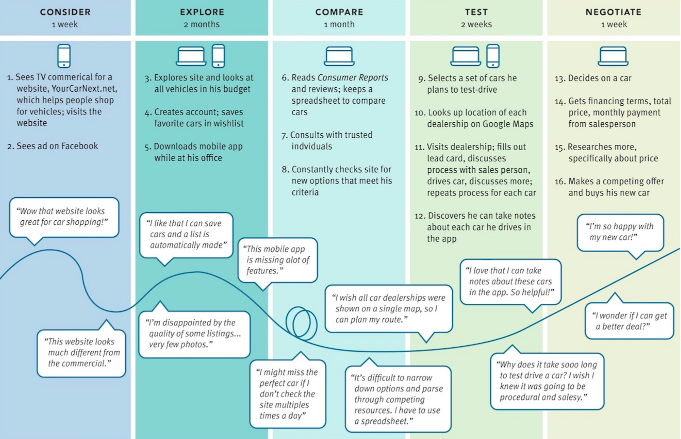
A customer journey map visually illustrates your customers’ interactions and feelings with your brand. Some businesses may call it the “buyer journey” or “user journey.” A customer journey map aims to know your customer’s experience before they buy. Research shows 89% of businesses compete based on customer experience alone. And 73% of people indicated their business experience was a factor in customer loyalty.
The history of business has always revolved around the customer. “The customer is always right,” you’ve likely heard. While that may not be the case 100% of the time, the customer’s experience of your brand–good or bad–is your truth. It must inform and shape everything your business does. That’s why your company’s success depends on how consumers experience you.
This is where customer journey maps come in. Customer journey maps track every touchpoint a customer has with your business. Interactions on social media to newsletter subscriptions. Online purchases to conversations with customer service reps. And more.
Customer journey mapping is the process of creating your customer journey map. Building the map will help you engage your customer deeper to understand their perspective.
What Are the Benefits of Customer Journey Mapping?
Customer journey mapping is essential to the success of your business. For those who want to explore deeper into the intricacies of this strategy, I recommend checking out some expert advice on the Funnelytics blog. Meanwhile, let’s explore six key benefits to consider. Here are six benefits to consider.
Empathy for Customers
Empathy means putting yourself in someone else’s shoes. Creating a customer journey allows you to see the world from your customer’s perspective. When working in the daily grind, stepping back and seeing the world through your customer’s eyes can be hard. That’s why the customer journey mapping process is so beneficial. You get to see everything from a birdseye view and question everything. But let’s get one thing straight. The goal here isn’t only to see what your customers do. Empathy must lead to action! The goal is to make vital changes that improve their experience.
Comprehend Complex Journeys
You need to consider what Google ranking factors led someone to your site. The next day, they’re following you on Instagram. Then they’re in your brick-and-mortar store, getting samples of your product. Customers communicate with you through your website, in person, by phone, on social media, and by email. This makes things complicated! The benefit of a customer journey map is that you can record these interactions in one place. You’ll also be able to track known (or anticipated) emotions and behaviors at each phase of the journey.
For example, for the site Curiel & Runion, if you look at the keywords they are ranking for, it is easy to spot that a lot of customers are finding them by searching for terms like ‘law firm in Phoenix’ or ‘personal injury lawyer in Phoenix’:
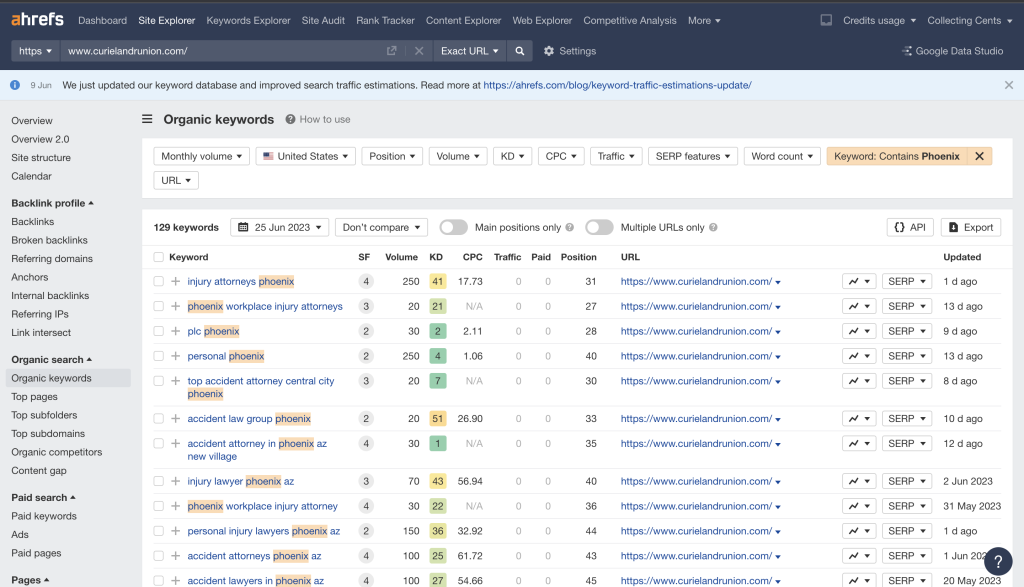
It would make sense for Curiel and Runion to hone in on this finding by creating more content centered around the location they serve or by focusing more on local SEO.
Understand Behaviors and Emotions
Individuals or businesses who buy from you want to base their decision on facts. But emotions always play a role. How do you track a customer’s emotional journey? Can you know someone’s potential feelings when you create a product?
Customer journey maps provide some benefits here. If your customer support team has done their job well, you likely already have a wealth of documented emotions. These come on the phone, through chat and email, or during in-person encounters.
Here’s the important thing. Your customer support team must document customer emotions. A customer may be angry, frustrated, or elated. Those feelings need to be acknowledged and understood. Then they need to be processed by you and your team. Why did they feel this way? Over time, this will help them feel valued. And the improvement that comes from it will lead to better outcomes.
Better Customization
Studies show that 70% of businesses focus on personalizing the customer experience. It won’t be difficult for consumers to see the difference between you and others if you fail here. Customizing will help you cultivate customer loyalty. This means you can optimize for personal preferences across all touchpoints. Whether you send out text message alerts or your monthly product newsletter, you’ll send out what customers want.
Loyal Customers
You need a customer journey map to cultivate loyalty. Why? Because without it, your customer service has no foundation. Customer service aims to enhance your customers’ experience of your brand. And we all know when your customer service starts to drag, your customers will gladly find your competitor.
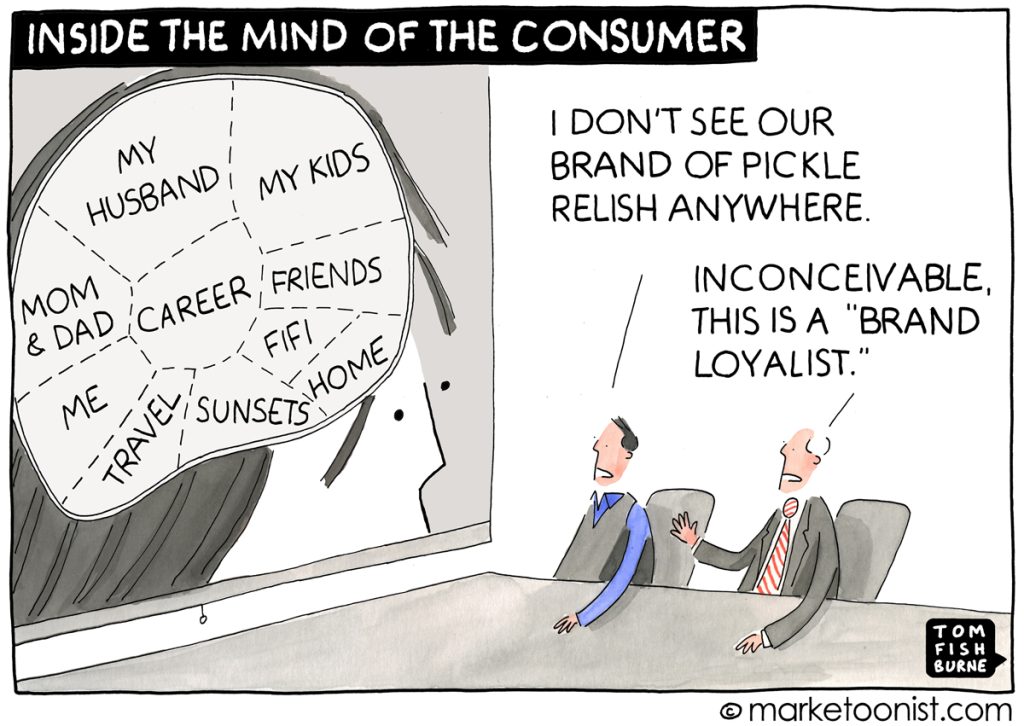
A customer journey map will guide you to customer interests, motivations, and pain points. Ultimately, the map will reveal why they buy from you or go elsewhere. Almost 46% of business professionals believe customer experience is their biggest priority over the next several years. You can’t afford to neglect it.
Increased Revenue
You are in business to serve your customers. But you can serve them and make money. These two aren’t mutually exclusive. The good news is that when companies focus on improving the customer’s experience, they see an 80% revenue increase. The ROI on customer experience is worth it. Why the great ROI? Customers like to buy from companies that value them, care about them, and prioritize their needs. Put another way. It will cost you more in the long run if you fail to place customers at the center of that flywheel.
What Are the Elements of a Customer Journey Map?
Each customer journey map can be unique to the company creating it. But there are several core elements every map should have. These elements fall into two basic categories. First, every map needs specific phases. Second, your map also needs the experience your customer has in any given phase. As we mentioned earlier, keeping it simple is the best practice. You can develop more details and complex maps as you become more familiar with them.
Phase
The typical customer journey phases are Awareness, Consideration, Purchase (or Decision), Retention, and Advocacy. Keep in mind that these category names may vary from industry to industry. These phases are the specific points in time when your customer interacts with your brand. You need to know when these stages begin and end and who’s involved. Once that’s established, you can track the data you need to improve the customer journey.

Experience
Experience is a catch-all term for what customers feel and do as they interact with your brand. It also includes what your team wants to accomplish throughout the journey. The “experience” element should include these five components:
- Customer Behavior. What is the customer doing at this point in the process?
- Touchpoints. What Google ranking factors led them to you in the awareness phase? Was it via social media, word of mouth, newsletter, direct mail, over the phone, etc.?
- Customer Emotions. Based on what your customer service reps have documented, how does the customer feel at any stage? For example: What feelings do they have when they consider your price point or when they leave a review? Look for revealing words or phrases they use when gathering feedback.
- KPIs. At this given phase, what does success look like for customer experience? Is it a click, a purchase, a referral, etc.?
- Goals. What is the overall goal for this customer journey phase (initial awareness, subscribing to your newsletter, making a sale, leaving a review, etc.)?
How to Build a Customer Journey Map
Building a customer journey map is a straightforward process. Initially, The building process seems overwhelming, but it shouldn’t get too complicated. Like anything, keep it simple at first. It can get more complex once you start getting the hang of it. Customer journey mapping is not a one-size-fits-all project. Once complete, you should see your company’s fingerprints all over it. Include any phases or experiences unique to your industry or business that we didn’t mention above. There aren’t any hard and fast rules here!
Here are five tips to help you get started. Be sure to include key team members who interact with your customers throughout the journey.
1. Establish Your Goal
First things first. What do you want to discover during the customer journey mapping process? You may consider consulting key stakeholders or executives from various departments to understand. Ask them what they’d like to know about customers, their priorities, etc. Knowing your goal will guide your entire project.
2. Gather Feedback
Gathering customer feedback is one of the best ways to ensure your map is accurate. You can do this with a customer experience software. Collecting feedback not only helps you make better decisions with your product, website, and customer support. It will also help you understand firsthand what your customers think and feel.
The key to collecting customer feedback is to ensure it is non-intrusive. For example, if you are a restaurant owner, you could have a simple free QR code at reception or on each customer’s table that leads to a feedback form. This way, customers do not feel pressured to give feedback but still have every opportunity to do so if they want.
3. Determine Customer Touchpoints
Most of your map will include your customers’ touchpoints with your company. Between your website, social media, email, and in-person options, there are probably a dozen or more ways people can communicate with you. Think through all these avenues and track them on your map.
4. Map Your Current Reality
You can start putting it all together using the five phases mentioned above. Start to map out the current reality for your customers by plotting the goal of the phase. Then, write how the customer interacts with you in that phase, what they do, and how they feel. Don’t worry about looks at this point. The important thing is to give yourself an honest look at your customers’ experience.
4. Map Your Future Vision
Your customers’ current reality doesn’t need to stay that way. Of course, if things are great, look for ways to improve. But if things aren’t what you’d like? It’s better to know now than later! Look at your current customer journey map and create a new map of your dream scenario. Walk through every phase and ask where customers experience pain points. Once you know those problem areas, you’ll be ready to start solving problems.
You can then create a game plan for solving these customer pain points. The next steps would be to share your findings with your employees and decide how to improve your company’s product or service. For example, if customers are complaining about unsupportive customer service agents, you could incentivize them by allowing customers to give feedback once they have spoken to customer service.
Google Suite Help Assitant offers a simple feedback form at the end of each live chat. Based on an aggregate of the ratings received, you could offer employees rewards for reaching new targets. This could be compensation, a simple pat on the back, company swag, or other incentives to motivate your employees. This is a simple example of how to manage a customer’s pain point. The key is to be creative and willing to take criticism onboard. If you are running out of ideas, you could even ask customers for suggestions!
Wrapping It Up
Taking a customer-centered view of business can transform your business. The customer’s needs, not your bottom line, will become the focus. And you’ll make better decisions because of it. Customer journey mapping is the first step to helping you get there. A customer journey map will better grasp how customers interact with and experience your brand. When it’s put into practice, it will produce happy, loyal customers.
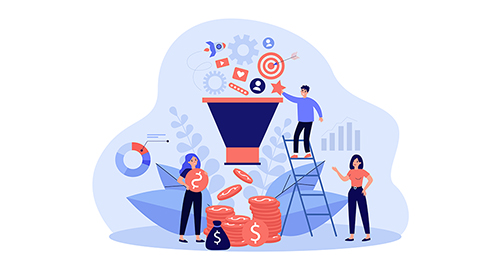


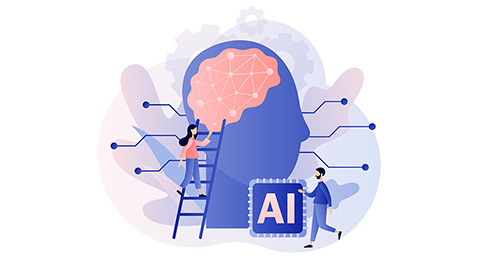
Leave a Reply